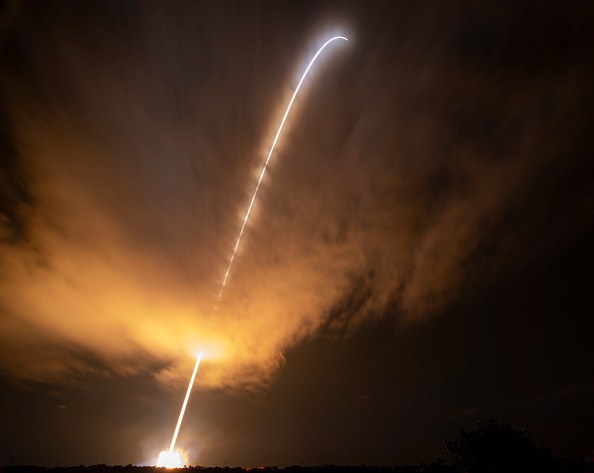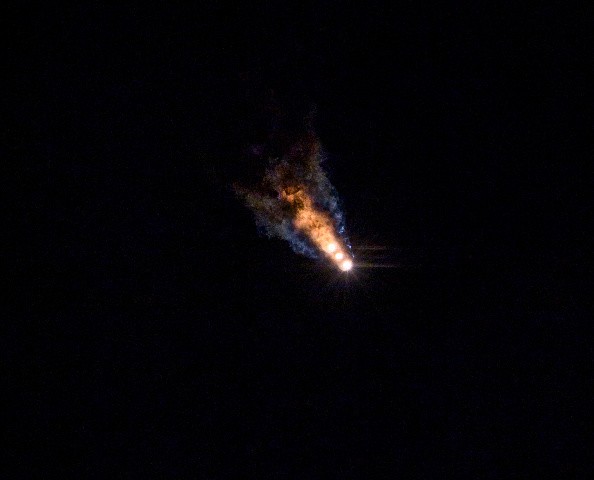NASA's Parker Solar Probe will soon pass nearby the sun. But, in its 12th sun-grazing mission, it will be 14 times closer to the solar system's central star compared to Mercury.

This spacecraft is the first one to visit the sun. Although it is just the size of a small car, NASA ensured that it is properly designed to endure the extreme heat emitted by the solar system's solar star at certain distances.
"The spacecraft, about the size of a small car, travels directly through the Sun's atmosphere--ultimately to a distance of bout 4 million miles from the surface.
Parker Solar Probe launched aboard a Delta IV-Heavy rocket from Cape Canaveral, Aug. 12, 2018, at 3:31 a.m. EDT," said the international space union via its official website.
NASA Parker Solar Probe To Fly 14x Closer To The Sun Than Mercury
According to Space.Com's latest report, the next activity of NASA's Parker Solar Probe will happen on June 1, marking the halfway point of the solar mission.

Also Read : NASA Ant Study Reveals Space Laser's Capability To Measure Snow Depth; How Useful Is This?
Since it will be 14 times closer to the sun than the first planet in the solar system, the distance that the spacecraft plans to reach is around 5.3 million miles away from the star.
This is almost the same distance that it achieved on Feb. 25. When it comes to speed, the Parker Solar Probe can reach up to 364,660 mph.
To give you a better idea, it is almost 21 times faster than the speed of the International Space Station.
Thanks to this capability, NASA expects the solar probe to reach its targeted distance at around 6:50 p.m. EDT.
Johns Hopkins University Applied Physics Laboratory (JHUAPL), the developer of the solar spacecraft, said that the upcoming sun-grazing mission would encourage NASA and other space agencies to pursue more challenging space activities.
Why Parker Solar Probe's 12th Mission is Important
JHUAPL explained that the upcoming activity of the Parker Solar Probe is quite essential for space weather observation enhancements.
It will allow NASA and other space agencies to understand more about the so-called Alfven surface, the area of a star where solar winds are emitted.
If you want to see further details about the importance of the Parker Solar Probe, you can visit this link.
Recently, an update for the NASA Mars Orbiter glitch was announced.
Meanwhile, NASA's Hubble Space Telescope captured a photo of two dancing galaxies.
For more news updates about NASA and its Parker Solar Probe, always keep your tabs open here at TechTimes.
Related Article : NASA's Next-Gen Artemis Mission Spacesuit Manufacturers To Be Announced; Conference Schedule and Other Details
This article is owned by TechTimes
Written by: Griffin Davis




